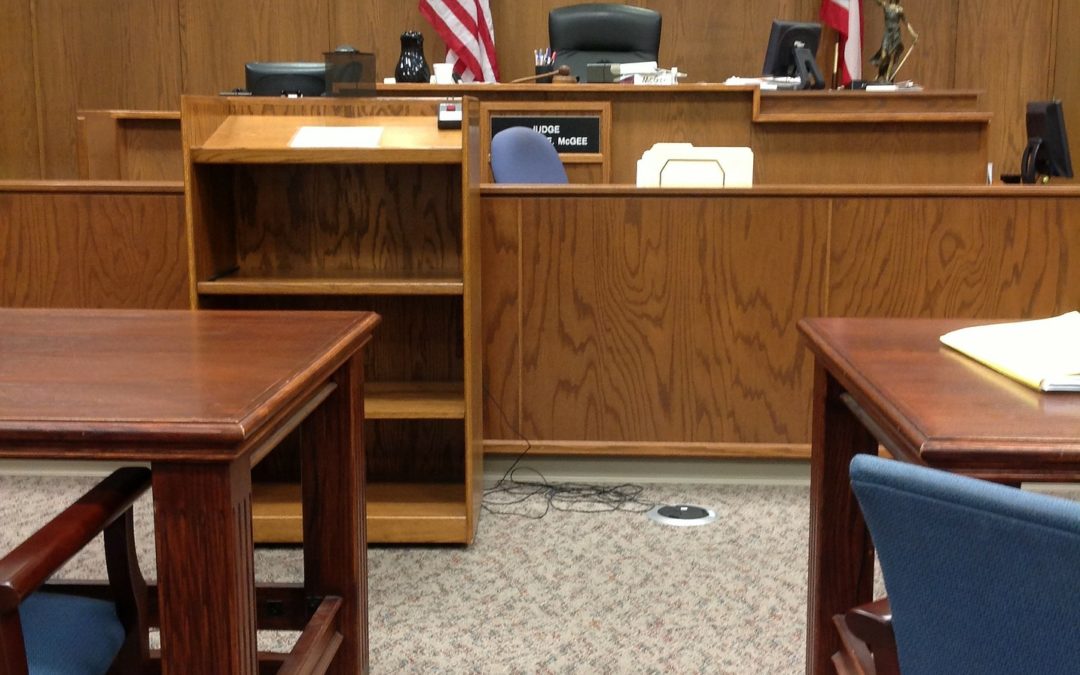After being placed in custody for a crime, everything seems to move fairly quickly. You appear before a magistrate judge, where you are advised of the charges being made against you; your attorney argues for bail (see August blog), and then you need to be arraigned on the charges. The arraignment is a fairly quick hearing, and typically does not have a large impact on your criminal trial, but there are some key things at this stage of the process that you should be aware of.
What Will Have Happened Before Arraignment?
A person can be arrested in one of two ways: by criminal complaint or Indictment. A criminal complaint is a written statement of the facts surrounding the crime, for which someone is alleged to have committed, that is made under oath by a federal law enforcement agent. While a criminal complaint can start the criminal process, charges can only be filed by Indictment or Information. Each person charged with a felony has the right to have a grand jury return an Indictment against them. On the other hand, a person could agree to be charged by an Information. Similar to an Indictment, an Information is a plain, concise and definite written statement of the essential facts constituting the offense charged, without the need for a grand jury. If charged by Information, a person must waive their right to an Indictment. There may be various reasons to proceed via Information, but the usual reason is that a person is or has been negotiating or cooperating with the government and is trying to resolve the case through a plea.
What Happens at Arraignment?
Your arraignment may take place days after your arrest or even longer, depending on whether you are arrested based on a criminal complaint or Indictment, and whether you have an attorney and are ready to be arraigned. Generally, an arraignment will take place within two weeks of your arrest, but it could be done more quickly or even take longer, if in agreement to the extension of time. Arraignment in federal court means you will have to appear before a magistrate judge. While your presence may be waived, it must be with approval of the court, and in most jurisdictions, the judges require the defendant to be present. Regardless of the defendant’s presence, an attorney must be present on your behalf for the arraignment.
During the arraignment, the judge will identify you as the defendant. You have the right to possess a physical copy of the charges and have them explained to you in further detail, if you so wish. The reading of the Indictment is almost always waived by your attorney who will advise the court that your Indictment has been reviewed with you. The next step is for your attorney to enter a plea of not guilty, request a trial by jury and ask the court to enter the standing discovery order. The standing discovery order will set forth the obligations that the government has to provide you with the evidence (discovery) they have in the case against you, as well as require the defense to do certain things pertaining to the discovery process.
Contact Us
Walking into the courtroom for the first time and facing a federal judge can be an intimidating experience. The arraignment is one of the first hearings in what can be a long and mentally taxing process. You will appreciate personal and knowledgeable legal guidance during this stressful time in your life, and that’s just what the attorneys at Puglisi Law can provide. To get started with us, please get in touch to schedule an initial consultation so we can get to work on your case.



